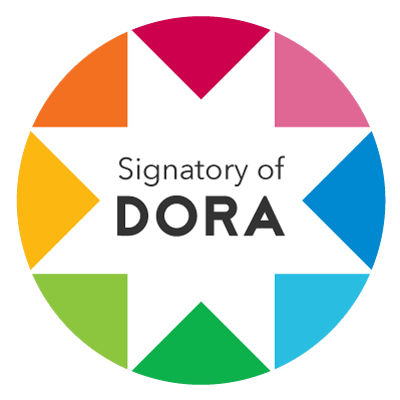Body Objectification, Self Esteem and Life Satisfaction among Young Adults
DOI:
https://doi.org/10.47205/jdss.2025(6-II)31Keywords:
Body Objectification, Self-Esteem, Life SatisfactionAbstract
The study aimed to find the relationship between body objectification, self-esteem, and life satisfaction among adults. Body objectification has risen consideration in the past few decades as we continue to change our society through cultural norms, technological development and media. The sample of 274 young adults, of same number of males and females (137 each) from different universities of Faisalabad. In this study a cross-sectional research and purposive sampling technique was used. The Rosenberg self-esteem scale, objectified body consciousness scale and satisfaction with life were used for data collection. Results indicates that body objectification strongly affects both self-esteem and life satisfaction of young adults. Body objectification levels at high intensity correlated with reduced self-esteem and lowered life satisfaction which demonstrates the negative consequences of harmful body-related perspectives on total wellness. This research demonstrates the necessity to address body image problems while developing self-esteem to boost satisfaction in life among adults.
Downloads
Published
Details
-
Abstract Views: 341
PDF Downloads: 194
How to Cite
Issue
Section
License
Copyright (c) 2025 Journal of Development and Social Sciences

This work is licensed under a Creative Commons Attribution-NonCommercial 4.0 International License.

ORIENTS SOCIAL RESEARCH CONSULTANCY (OSRC) & Journal of Development and Social Sciences (JDSS) adheres to Creative Commons Attribution-Non Commercial 4.0 International License. The authors submitting and publishing in JDSS agree to the copyright policy under creative common license 4.0 (Attribution-Non Commercial 4.0 International license). Under this license, the authors published in JDSS retain the copyright including publishing rights of their scholarly work and agree to let others remix, tweak, and build upon their work non-commercially. All other authors using the content of JDSS are required to cite author(s) and publisher in their work. Therefore, ORIENTS SOCIAL RESEARCH CONSULTANCY (OSRC) & Journal of Development and Social Sciences (JDSS) follow an Open Access Policy for copyright and licensing.







